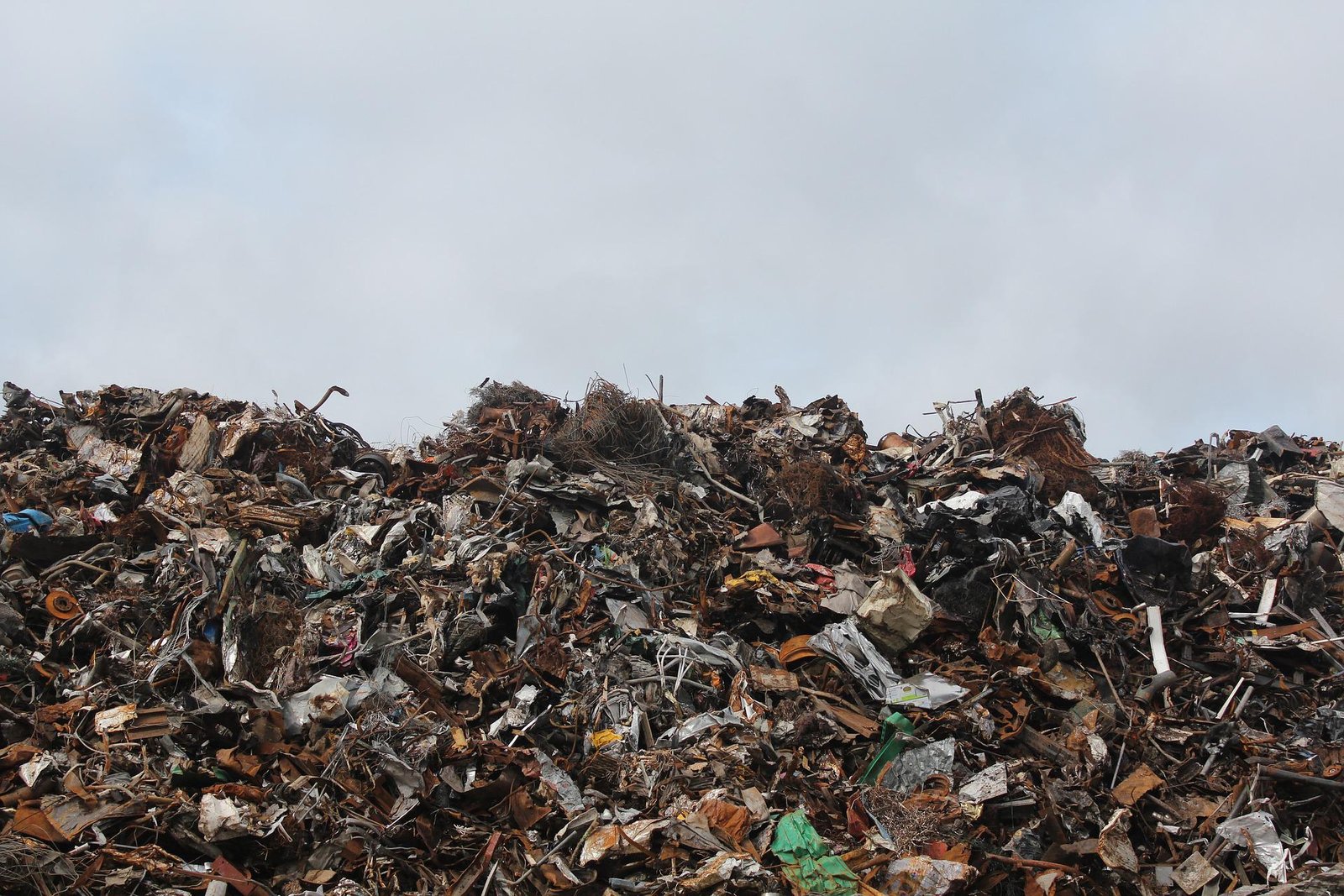The responsible management of our regular waste materials is a complex task that goes beyond simply getting rid of the garbage and household refuse; it involves looking at options like recycling. This, among other things, helps to control waste at its source.
Solid waste management is all about the proper collection, processing, and disposal of solid materials that are no longer useful. For instance, a can of soda or wrapper is thrown away once it has served its purpose. Any such material is considered solid waste.
Solid waste management has come a long way. Ancient Greece is where the first known record of proper solid waste management was recorded. Back then, people simply dumped their waste materials on unpaved streets, where they would pile up. Disposal methods were crude, often involving throwing waste into pits just outside city walls. In other cities, people just dump their waste into the river or other nearby water bodies.
The modern-day idea of waste management can be traced back to around 15th century England. By this time, there were scavengers tasked with taking all solid waste accumulated inside the city to sites outside it. These were the pioneers of present-day garbage collectors.
Why the Need for Solid Waste Management?
Improper solid waste disposal is a serious issue for any community. From polluting the environment to creating a conducive environment for the breeding of vector-borne diseases like certain types of fevers, poor waste disposal is detrimental to human health. A lack of a proper solid waste management plan will create all sorts of economic and social issues that may become difficult to manage.
Evolution of Solid Waste Management
From the days of primitive waste disposal options like dumping in the river, solid waste management has come a long way. The first significant development of solid waste management came in the late 19th century. This is when organized garbage collection and treatment began to take hold. It was around this time that the first garbage incinerator was invented.
This invention meant that significant quantities of garbage could now be burned, thereby greatly reducing their quantities. However, this practice of burning garbage did not take hold immediately. For instance, many major cities in the US continued to use primitive solid waste disposal procedures like open dumping in rivers.
In the early 20th century, compaction trucks, garbage grinders, and pneumatic garbage collection systems were introduced. Sanitary landfills were also introduced. These inventions were a response to the growing problem of garbage piles in open dumping sites and pollution due to improper incineration.
The compaction trucks and garbage grinders led to reduced solid waste volumes, thereby making them easier to manage. Modern waste processing plants were also built. These emphasized safe incineration to reduce pollution and health hazards. The concept of solid waste recycling was also embraced, something that continues to this day.
Types of Solid Waste
Solid waste is categorized as hazardous and non-hazardous. Hazardous solid wastes are those that cause harm to the environment and other life forms, including humans. For example, polyethylene wraps are a major pollutant because they are not biodegradable. This means that microorganisms in the environment cannot chemically break them down.
Garbage mostly refers to household waste like food remains. Things like paper, wood, or glass constitute rubbish. When large items like spoiled refrigerators and couches are added in, it becomes trash. Depending on the type of solid waste, they’re handled differently.
Benefits of Solid Waste Management
1)Environmental Protection
The proper disposal of solid waste means that it is not left to litter and pollute the environment. For instance, polythene bags are dangerous to soil organisms. Their improper disposal could affect soil aeration, thereby leading to the death of numerous soil organisms. Some materials like refrigerators contain coolants. These chemicals can leak and pollute the environment when things like fridges are improperly disposed of. Good solid waste management helps avoid such issues.
2) Promotion of Good Health
The accumulation of solid waste usually provides a conducive physical environment for the breeding of organisms like cockroaches and other disease-causing vectors. These vectors help transmit diseases to humans. The cost of such diseases can be high, both in terms of the treatments and the lives lost.
3) Saving the Earth
Recycling as a key aspect of solid waste management helps to save some of the planet’s resources indirectly. Paper is a key material used in homes, offices, and many different settings. The manufacture of paper means cutting down trees—something that’s very detrimental to the environment. Using recycled material got from proper waste management helps to ensure that the number of trees being cut down for paper production is significantly reduced.
With proper solid waste management, a lot of environmental and health hazards are avoided.

